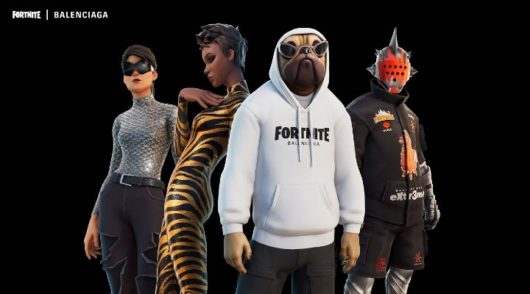Global demand for smartphones is predicted to soar in 2012, with more than 500 million in use by the year’s end.
That in turn will create opportunities for app developers – and drive increasing use of smartphones for price comparisons on the move and online shopping.
The predictions come from Deloitte’s Technology, Media and Telecommunications (TMT) Predictions 2012, an annual report which has become a successful forecaster of consumer and business technology trends. Eighty-three per cent of the 2011 report’s predictions have been borne out, Deloitte affirms.
“The rise of the smartphone is analogous to the growth of the netbook, as consumers look to replace more basic handsets but don’t need the power or functionality of high-end devices,” says Deloitte New Zealand telecommunications leader John Bell.
Low-cost smartphones typically cost US$100 but in this part of the world can be priced up to A$200.
Bell says the increasing use of smartphones will place pressure on applications developers, with a greater demand for free apps and consumers overwhelmed by choice among the multitude of apps available.
Currently only one in five apps available for download surpass the 1000 mark and just a tiny proportion of unpromoted apps become successful. It is predicted there will be more than 2 million apps available by the end of 2012 – more than double the present figure.
“With so much choice, app-store providers will need to consider ways to improve and assure the quality of the products on offer, and create ‘app bundles’ for specific users,” says Bell.
The advent of the “digital wallet” – using mobile devices embedded with so-called near-field communications technology (NFC) – is set to rise, with up to 300 million to be in use by the end of 2013 While currently most devices essentially embed a credit card into a mobile phone, it is predicted the technology will have a greater application in the future, for purposes such as gaming, gambling and healthcare.
Bell believes many Australasians may still be uncomfortable using a phone to pay for items, due to concerns about the security of the devices. However, this perception is likely to change quite quickly as people understand the advantages, such as the case with city dwellers using contactless payment to ride on public transport.
Bypassing the internet will increasingly be an option for delivering information and data between users as networks become strained by volumes outstripping capacity. With telecommunications companies balancing the need to invest in network improvement with the demands of customers for data capacity, infrared and Bluetooth connectivity is set for a resurgence as web bypass will emerge as a third network option alongside fixed broadband and mobile for transferring information.
“Demand for data just keeps growing exponentially and despite the difficult economic conditions plaguing much of the world, consumers are still making investments in new technology, particularly those which enrich their lives, putting strain on networks.”
A full copy of the report can be downloaded from Deloitte’s website.
The 2012 series of Predictions drew on internal and external inputs from conversations with member firm clients, contributions from Deloitte member firms’ 7000 partners and managers specialising in TMT, and discussions with industry analysts as well as interviews with leading executives from around the world.





